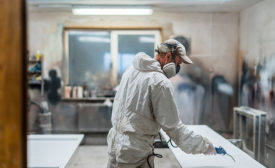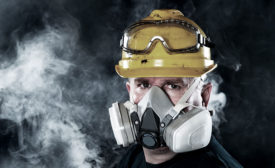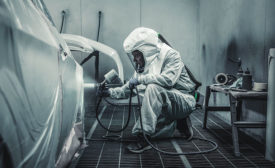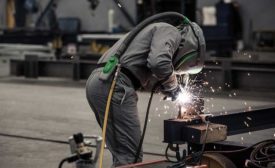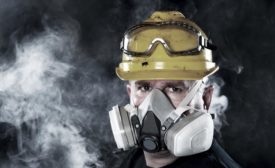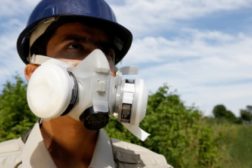Home » Keywords: » OSHA respiratory protection standard
Items Tagged with 'OSHA respiratory protection standard'
ARTICLES
Finding the right mask match
Read More
Become a Leader in Safety Culture
Build your knowledge with ISHN, covering key safety, health and industrial hygiene news, products, and trends.
JOIN TODAYCopyright ©2025. All Rights Reserved BNP Media.
Design, CMS, Hosting & Web Development :: ePublishing
